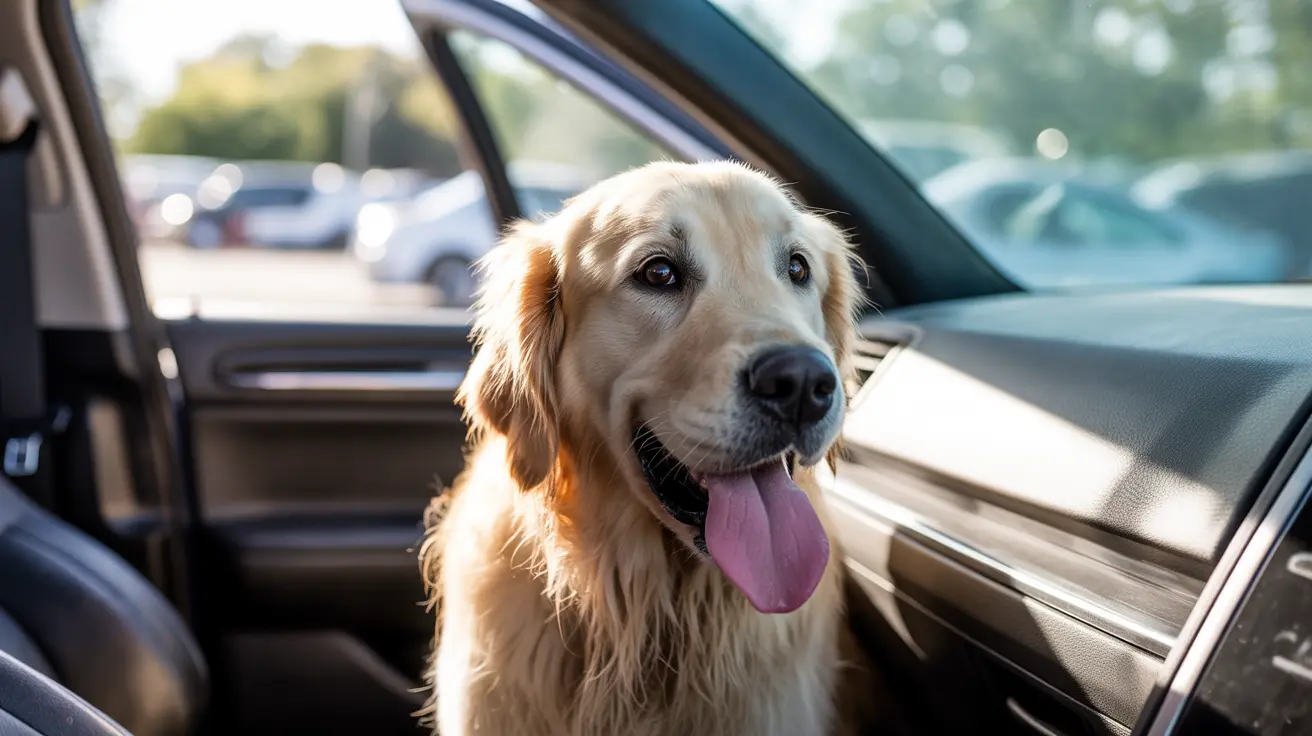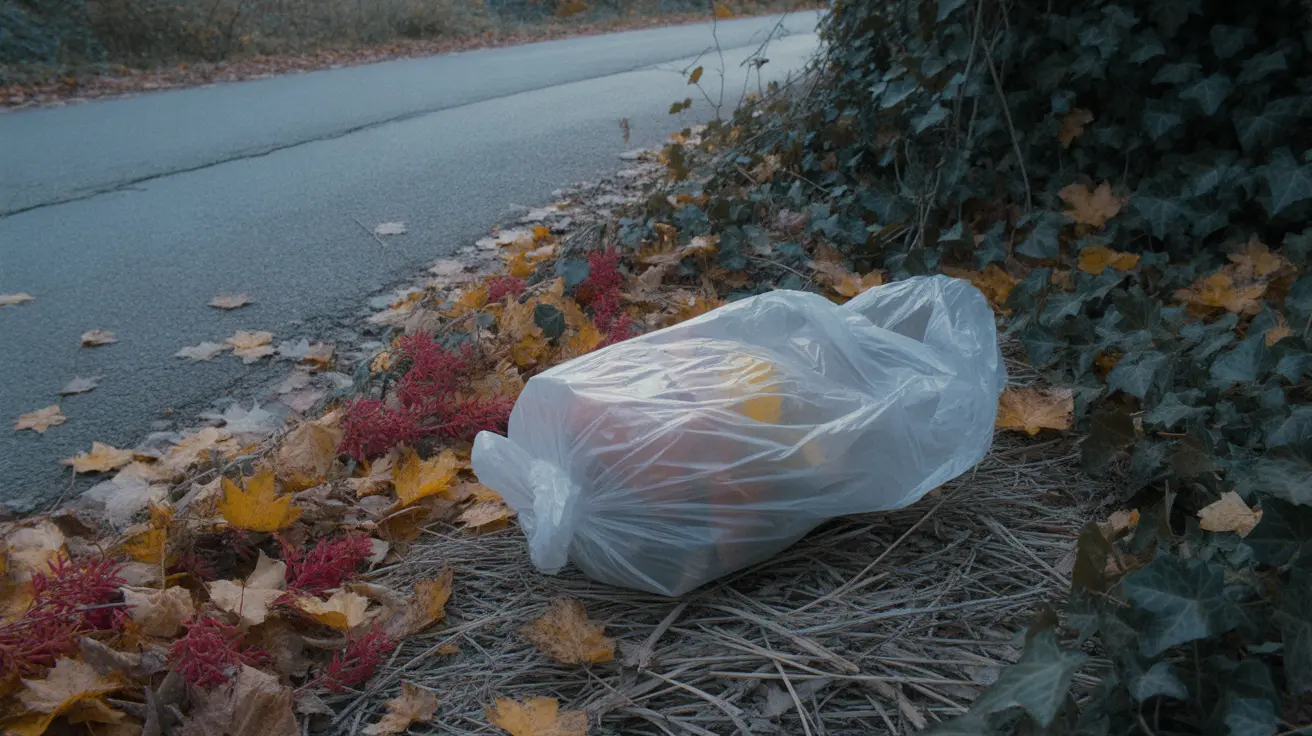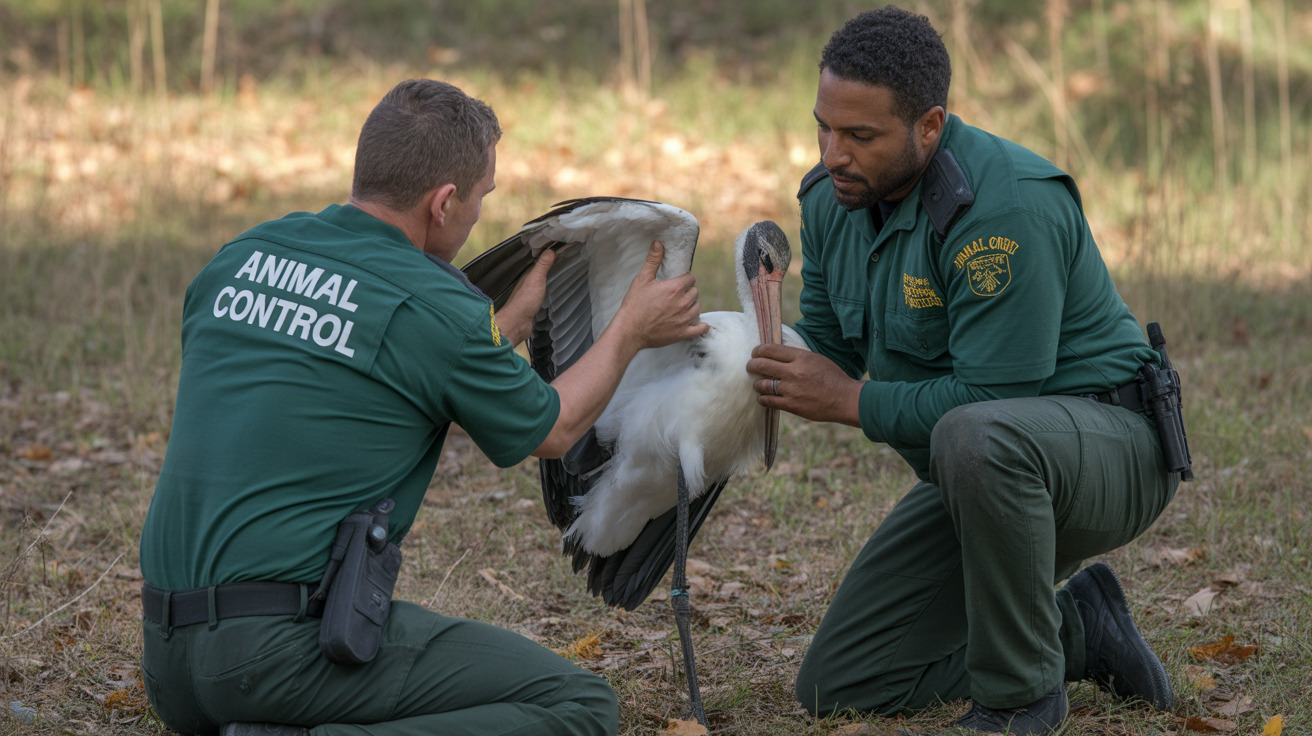Understanding Why Your Dog Is Bleeding from the Mouth
If you notice blood coming from your dog's mouth or gums, it can be alarming. While sometimes it's due to a minor issue, other times it signals something more serious that needs immediate attention. Let's break down the common causes, warning signs, and what you should do if your dog has oral bleeding.
Common Causes of Oral Bleeding in Dogs
Several conditions can lead to bleeding in your dog's mouth. Knowing these helps you spot problems early and seek help when needed.
- Periodontal Disease and Dental Issues: The most frequent culprit is dental disease. Plaque and tartar build up on teeth, causing gum inflammation (gingivitis) and infection. Symptoms include red or swollen gums, bad breath, loose teeth, trouble eating, and sometimes blood on toys or chews. Severe cases may develop abscesses and heavy gum bleeding.
- Teething (in Puppies): If your puppy is between 12-16 weeks old, a little blood on toys is normal as baby teeth fall out. Unless the bleeding is heavy or ongoing, it's usually nothing to worry about.
- Trauma or Injury: Dogs love to chew and play rough. Sharp objects, falls, fights with other animals, or accidents can cause cuts or broken teeth that bleed a lot—oral tissues are delicate and bleed easily when hurt.
- Foreign Objects: Sticks, bones, toys—anything lodged in the mouth or gums can irritate tissue and start bleeding. Trying to remove these yourself often makes things worse; let a vet handle it safely.
- Oral Tumors: Growths inside the mouth (benign or malignant) may bleed if they ulcerate or get bumped. Look for swelling, bad breath, eating difficulties, or visible lumps.
- Blood Clotting Disorders: Some dogs inherit conditions like von Willebrand’s disease or hemophilia. Others develop clotting problems from tickborne diseases, liver failure, certain cancers, or toxins (like rat poison). These dogs might also bruise easily or have blood in their urine/stool.
- Oral Infections: Untreated dental issues or trauma can let bacteria or fungi infect gums—causing swelling, foul odor, and bleeding.
- Nutritional Deficiencies: Lacking key vitamins (such as vitamin C) rarely causes bleeding if your dog eats a balanced diet but remains possible in some cases.
Warning Signs & Associated Symptoms
If your dog has oral bleeding along with any of these symptoms, act quickly:
- Persistent/excessive mouth bleeding
- Bad breath
- Red/swollen/receding gums
- Trouble eating hard food; dropping food
- Pawing at the mouth
- Drooling (sometimes bloody)
- Lethargy/weakness
- Pale gums
- Loss of appetite
- Facial swelling
When Should You See a Vet?
If you see any of the following situations in your dog:
- Mouth/gum bleeding that won't stop or keeps coming back
- Lethargy or loss of appetite along with oral bleeding
- Pale gums; weakness; difficulty breathing
- A mass/lump inside the mouth; visible foreign object stuck in gums/teeth
If there's severe continuous bleeding (or signs of shock/collapse), get emergency veterinary care right away.
Diagnosis & Treatment by Your Veterinarian
Your vet will start with a thorough physical and oral exam—sometimes sedation is needed for a good look inside the mouth. They might recommend diagnostic imaging (like X-rays) to check for hidden injuries or deep infections. Blood tests help rule out clotting disorders; biopsies may be taken if tumors are found.
- Dental cleaning/extraction for advanced dental disease
- Surgical removal of foreign objects/tumors (often under anesthesia)
- A course of antibiotics/anti-inflammatories for infection/inflammation
- Treatment for clotting disorders (vitamin K for toxin exposure; transfusions if severe)
You should never try to remove an object lodged in your dog's mouth yourself—it could make things worse fast.
Prevention & At-Home Care Tips
- Brush your dog's teeth regularly using pet-safe toothpaste/toothbrushes—daily is best!
- Sustain annual veterinary dental checkups/professional cleanings as recommended by your vet.
- Feed a balanced diet rich in essential vitamins/minerals.
- Avoid giving hard bones/antlers/sticks as chew toys—opt for vet-approved options instead.
- If you notice reluctance to eat or changes in chewing behavior after playtime/outdoor walks—check their mouths carefully.
- If you see blood on toys/chews frequently—schedule an exam even if your dog seems otherwise fine.
- Supervise playtime with new toys/outdoors where sticks/debris are present.
Your quick response can make all the difference for your dog's health and comfort. Oral bleeding shouldn't be ignored—it often points to an underlying problem needing professional care. Good dental hygiene at home plus regular veterinary visits go a long way toward preventing most oral health issues in dogs.





